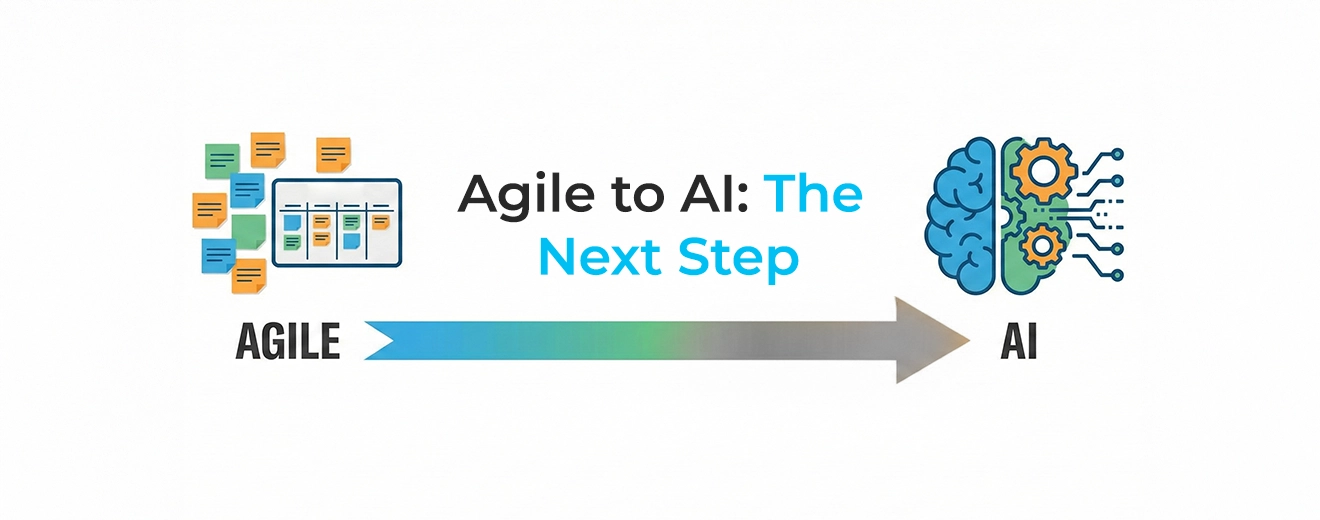Making progress on difficult decisions – A view between consent vs consensus

Quote: “Nothing is what happens when everyone has to agree” – Seth Godin
I have been working with an executive team that has found themselves in circular discussions around important decisions. It has resulted in frustration with many decision-deadlocks falling on the already-too-busy CEO to make the final call.
We have been exploring the concept of Consent vs Consensus decision-making, alongside ensuring clear accountabilities, to untangle why decisions become circular.
Consent vs Consensus:
Consensus decision-making is when you seek agreement before finalising a decision.
The downside with consensus decision-making is that often decision finalisation can become circular – with any suggestion of disagreement causing the need for repeated conversation. Circular conversations are frustrating – for both those who agree and disagree.
Consent decision-making does not require agreement to finalise a decision. Consent decision-making is when you process whether there are any significant objections before finalising a decision.
The Consent Decision-Making process:
A consent decision-making approach minimises frustration by following these steps to reach a decision:
- Be clear on who is the accountable decision-maker.
- The accountable decision-maker listens to everyone’s collective wisdom and knowledge and shares their final decision.
- Ask the following question: “Will this decision outcome cause harm?”
- If the answer is yes, then we collaborate around what the objector is seeing or sensing.
- The accountable decision-maker makes the final decision once all of the objections have been heard and processed.

What’s essential to support consent-based decision making:
- Clear accountabilities on who is responsible for the decision outcome
- Acknowledgement and the ability to adapt and course-correct if the decision was wrong
Note: Consent based decision-making still requires collaboration and curiosity – to understand the enterprise system view to make an informed, accountable decision.
Bonus – Disagree & Commit:
One tool that the Amazon leadership team uses when they find themselves in disagreement with the final decision is to say, “I disagree and commit.”
Disagreeing and committing creates a foundation of team trust – that you do have team commitment even though you do not have perfect agreement.

.png)



